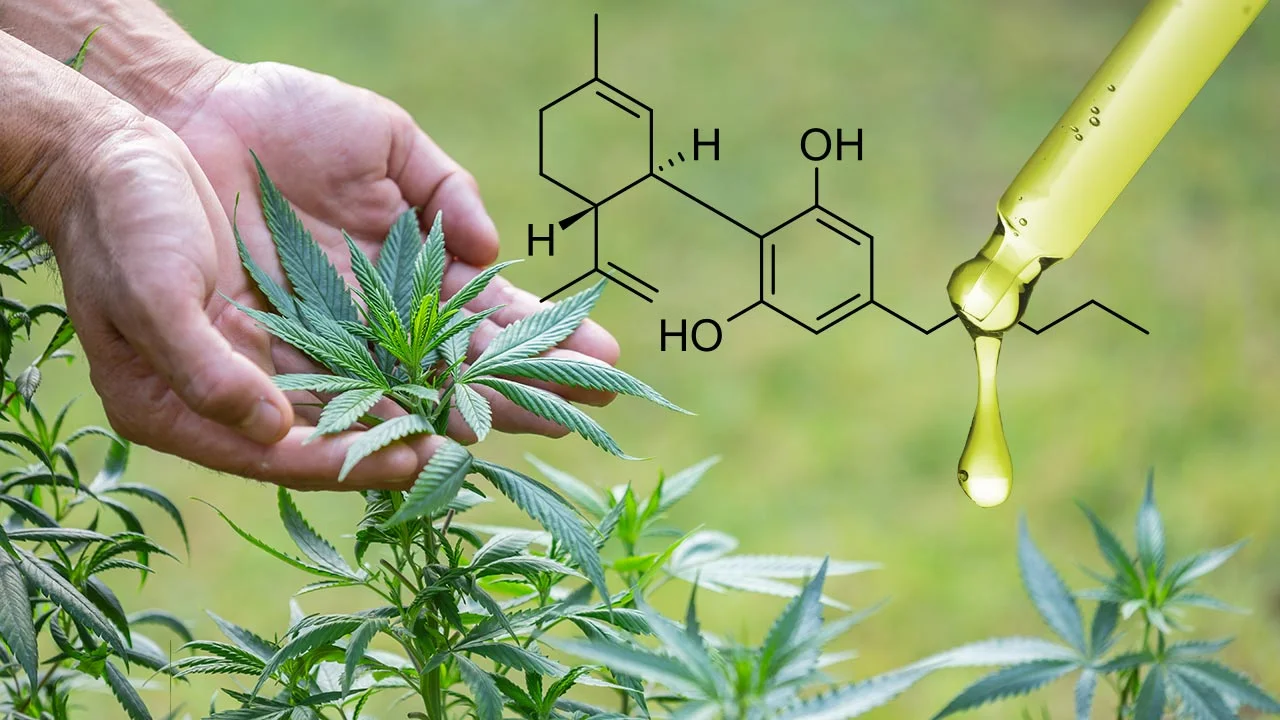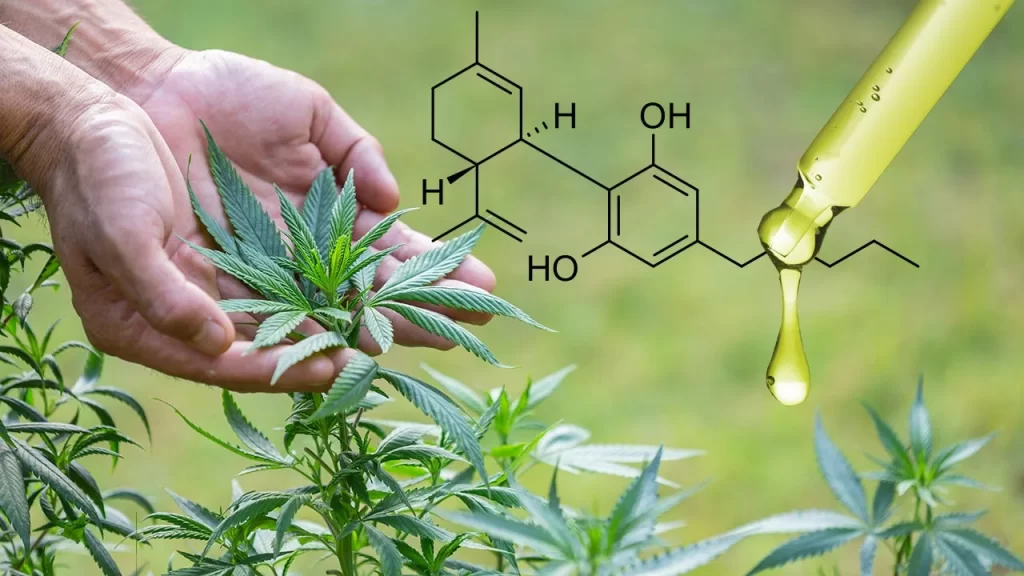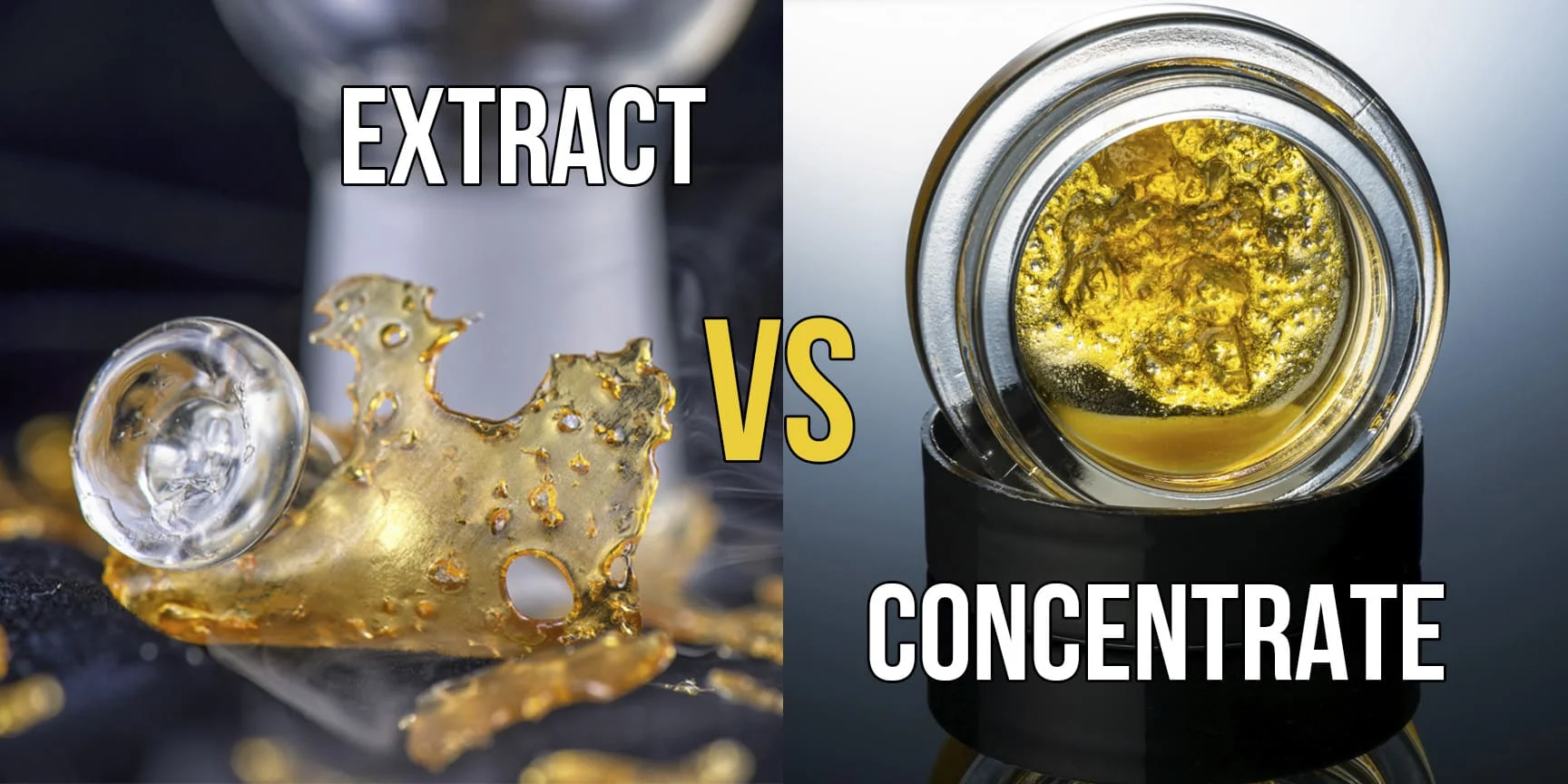What are Terpenes and What are the Effects?

When people think about cannabis, they often focus on cannabinoids like THC and CBD. However, another important compound that contributes to the plant’s unique properties is terpenes. These organic compounds play a significant role in the aroma, flavor, and even the effects of cannabis. But what exactly are terpenes, and how do they affect the body? Let’s break it down.
What Are Terpenes?
Terpenes are aromatic compounds found in many plants, not just cannabis. They give plants their distinct smell, whether it’s the fresh scent of pine trees, the zestiness of oranges, or the soothing fragrance of lavender.
- Natural Occurrence: Terpenes are naturally produced by plants to protect themselves from predators or attract pollinators.
- In Cannabis: In cannabis, terpenes work alongside cannabinoids to enhance the overall experience, a phenomenon known as the entourage effect.
Terpenes are responsible for the wide variety of aromas found in different cannabis strains. For example, some strains smell earthy or piney, while others are fruity or floral.
Types of Terpenes in Cannabis
There are over 100 different terpenes found in cannabis, but here are a few of the most common:
- Myrcene
- Found in: Mango, basil, hops
- Aroma: Earthy, musky, herbal
- Effects: Sedative, relaxing, and can enhance the effects of THC
- Limonene
- Found in: Citrus fruits like lemons and oranges
- Aroma: Citrus, fresh
- Effects: Uplifting, mood-enhancing, anti-anxiety
- Linalool
- Found in: Lavender
- Aroma: Floral, spicy
- Effects: Relaxing, sedative, anti-anxiety
- Pinene
- Found in: Pine trees, rosemary
- Aroma: Pine, fresh, earthy
- Effects: Alertness, memory retention, anti-inflammatory
- Caryophyllene
- Found in: Black pepper, cloves, cinnamon
- Aroma: Spicy, peppery
- Effects: Anti-inflammatory, pain relief
How Terpenes Affect the Body
Terpenes don’t just contribute to a plant’s smell—they also affect how cannabis interacts with the body. Here are a few ways they influence your experience:
- Enhancing or Calming Effects: Some terpenes, like myrcene, have calming effects that may help with relaxation and sleep. Others, like limonene, provide a more energizing or mood-enhancing experience.
- Therapeutic Benefits: Many terpenes have therapeutic properties that can aid in relieving stress, anxiety, pain, and inflammation.
- Entourage Effect: Terpenes work in synergy with cannabinoids (like THC and CBD), enhancing the overall effects of cannabis. For example, a strain with a high amount of both myrcene and THC can create a more sedative effect than one with THC alone.
Potential Medical Uses
Because of their various properties, terpenes are being studied for their potential medical benefits. Here are a few potential uses:
- Anti-anxiety and Stress Relief: Limonene and linalool are known for their calming effects and are used in aromatherapy for relaxation.
- Pain Relief: Caryophyllene has anti-inflammatory properties that may help reduce pain.
- Antioxidant and Anti-inflammatory: Many terpenes also possess antioxidant properties, which can help protect cells from damage.
Final Thoughts
Terpenes are much more than just the aroma of cannabis. These natural compounds play a significant role in the overall effects and benefits of the plant. Whether you’re seeking relaxation, energy, or relief from pain, understanding the different types of terpenes can help you choose the right cannabis strain for your needs. The next time you try cannabis, pay attention to the scents—it might give you a clue about how it will affect you!






